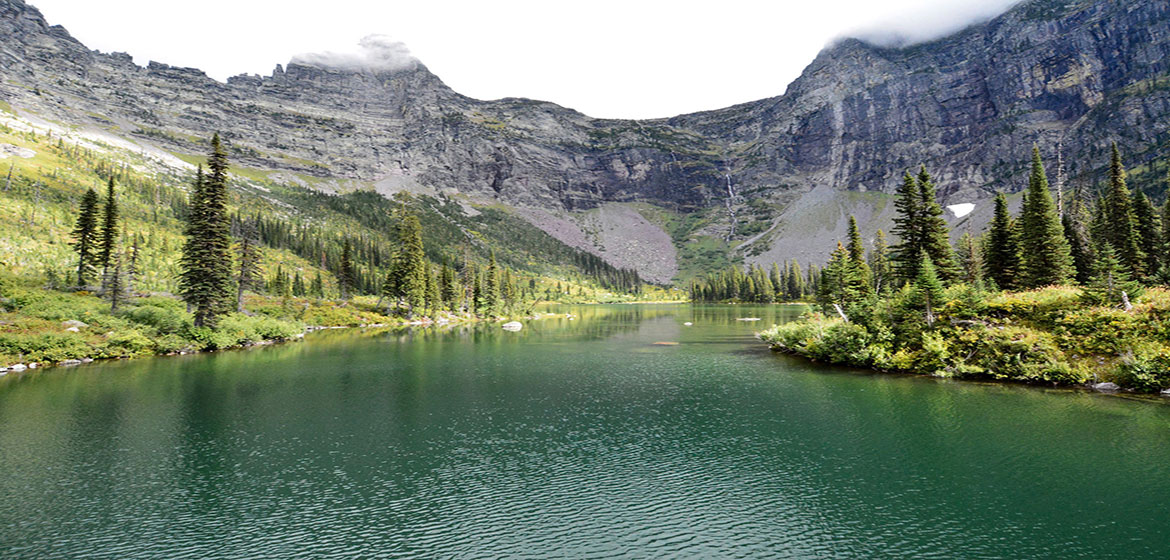By Victoria Tauli-Corpuz, United Nations special rapporteur on the rights of indigenous peoples.
To the Editor of The New York Times:
Re “” (Sunday Review, June 10):
Richard Conniff looks at the problems inherent in creating protected areas without proper planning, but he doesn’t mention the most important point: Most of the lands marked for conservation are already inhabited.
In fact, the people who live in the world’s great forests and mountains are often the guardians who keep biodiversity and carbon stocks intact.
Indigenous peoples and local communities manage of the carbon stored above ground in the world’s tropical forests. But they legally own just of the world’s lands despite having customary rights to at least half.
Legally recognizing their ownership rights protects vital ecosystems and keeps the carbon in these lands from being released into the atmosphere and contributing to climate change.
Protected areas were protected well before advocates from industrialized countries decided that these areas needed protection. In failing to acknowledge the forest guardians, conservation advocates are indeed failing to see the forest for the trees.
VICTORIA TAULI-CORPUZ, GENEVA
The writer is the United Nations special rapporteur on the rights of indigenous peoples.
Source:
Related to SDG 10: Reduced inequalities



